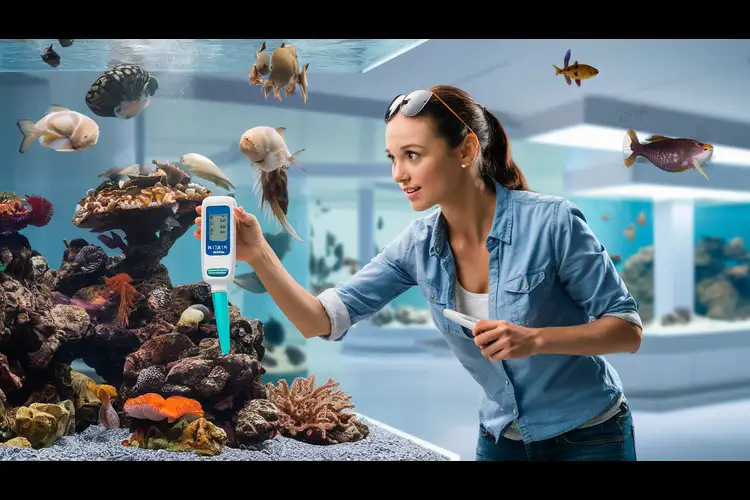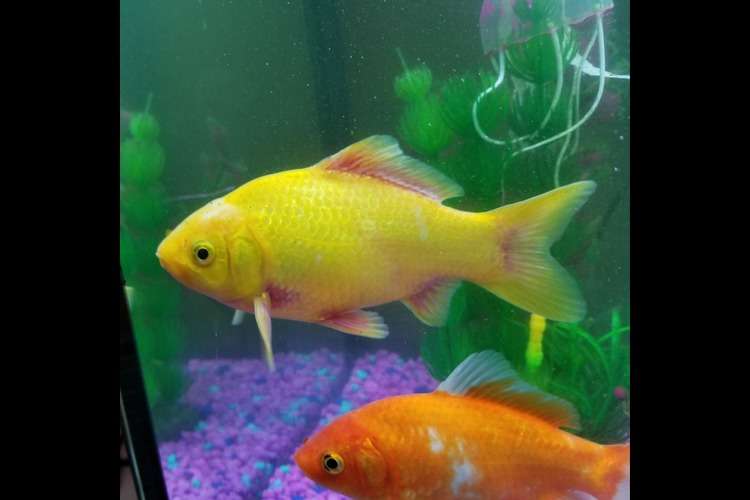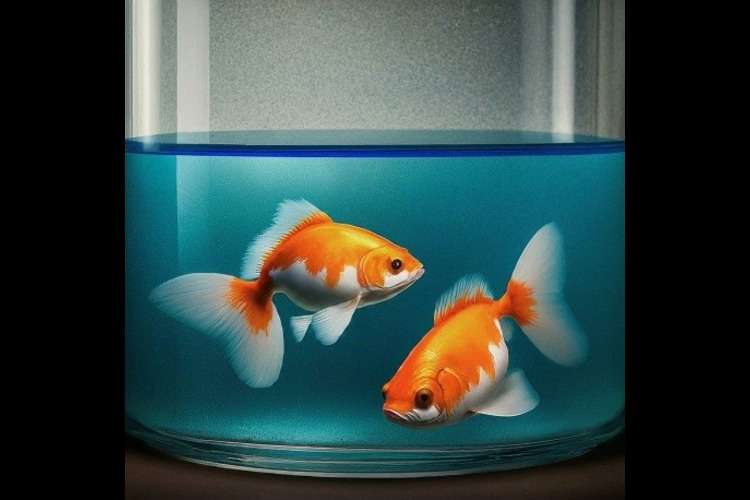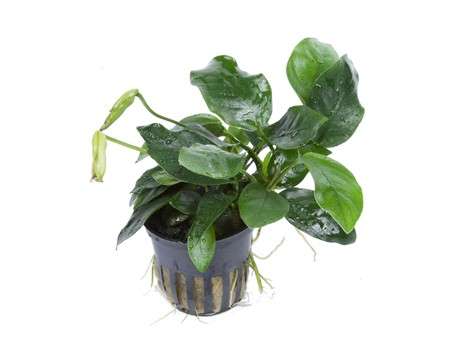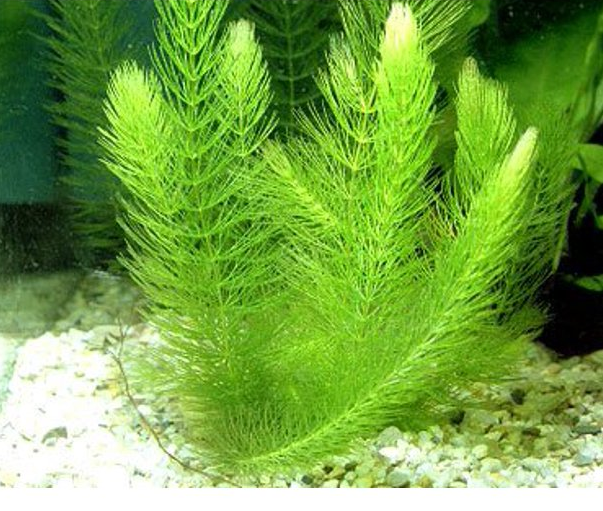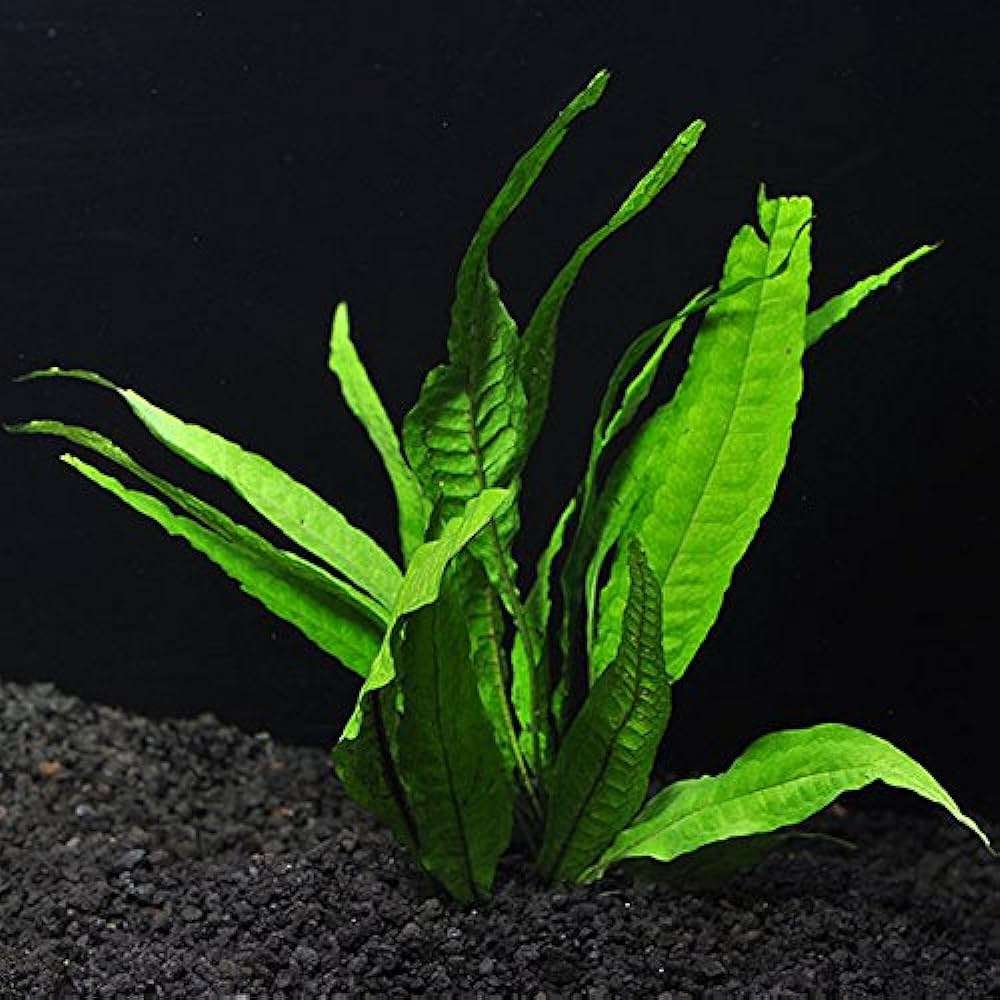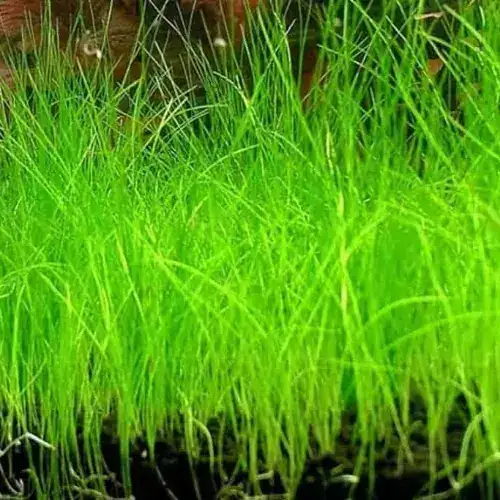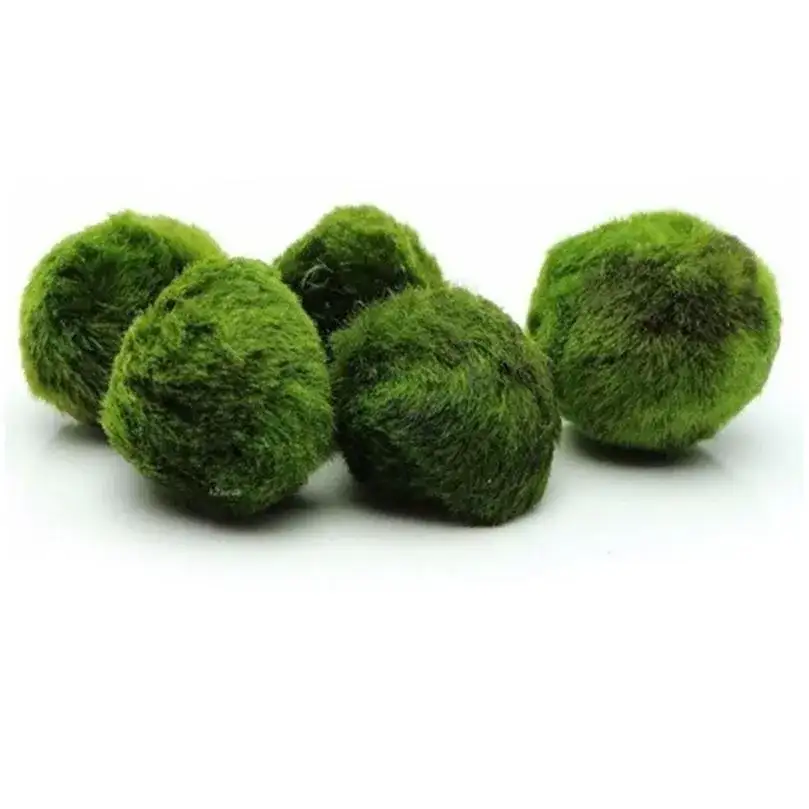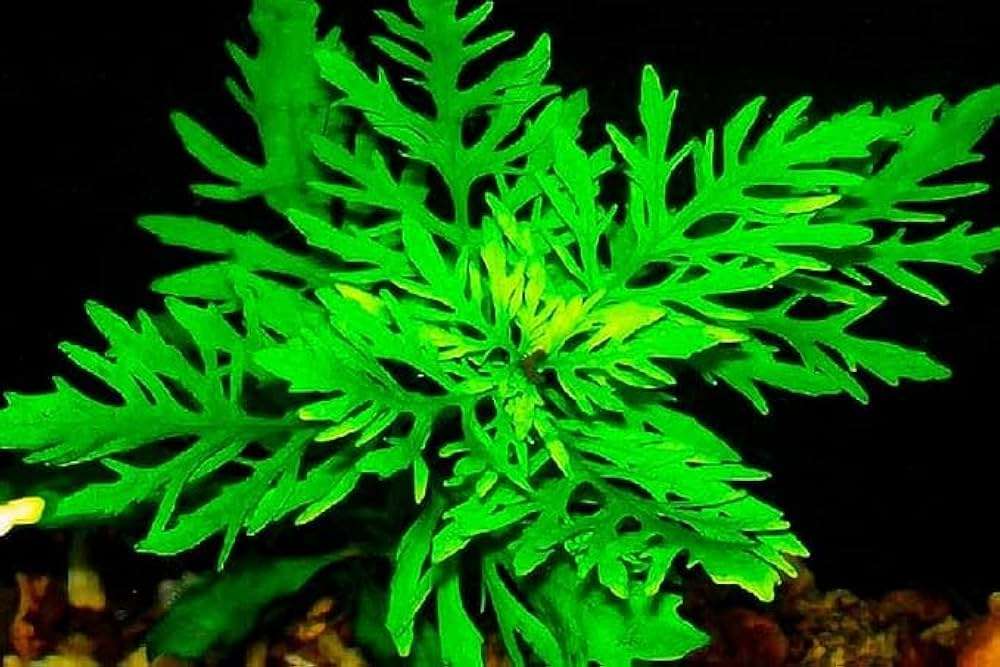Why Some Aquariums Fail in the First 3 Months
Avoid common aquarium mistakes like overstocking, overfeeding, and poor water quality. Learn essential tips for a thriving fish tank with proper care and maintenance.
Table of Contents
- Rushing the Setup Process
- Overstocking the Tank
- Overfeeding the Fish
- Water Change Ignorance
- Choosing the Wrong Fish
- Low Filtration and Aeration
- Ignore Algae Growth
- Failure to Observe Fish Behavior
- Faq
- Conclusion
It's thrilling to set up a new aquarium, but most new aquarists are disappointed when their tank does not succeed during the first three months. Fish become ill, algae dominate, or the water becomes cloudy. These issues tend to be frustrating, and some aquarists even abandon their hobby. Why does this occur? More importantly, how do you get your aquarium to succeed? Let's look at some of the most common causes of failure and what you can do to achieve success.
1. Rushing the Setup Process
Most new aquarists desire intensely to stock fish in their aquarium immediately. Aquariums, though, require time to acclimate the environment before stocking fish.
How to Succeed:
Cycle the Tank Correctly: Nitrogen cycle is the key. It creates good bacteria that decompose toxic waste. The cycle will typically take 4-6 weeks.

Use a Water Test Kit: Test for ammonia, nitrites, and nitrates to ensure safe water conditions before adding fish.

2. Overstocking the Tank
Adding too many fish to the aquarium at once creates too much waste, poor water quality, and stress on the fish.
How to Succeed:
Start with a Few Fish: Add a small number of hardy fish first, followed by a gradual addition as the tank stabilizes.
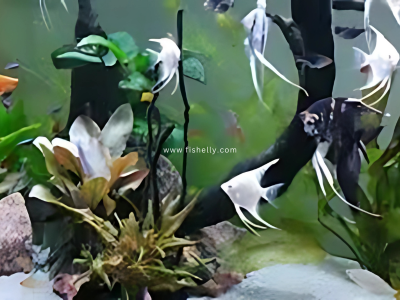
Adhere to Stocking Guidelines: Study the space needs of each species and do not overcrowd.
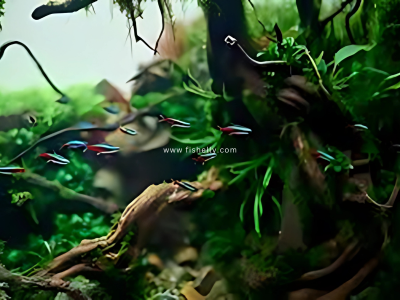
3. Overfeeding the Fish
Overfeeding allows the excess food to spoil, resulting in poor water quality and the proliferation of algae.
How to Succeed:
Feed Small Amounts: Provide only as much as the fish can eat within 2-3 minutes, once or twice a day.

Dispose Unconsumed Food: Scoop out leftover food with a net or siphon from the substrate.
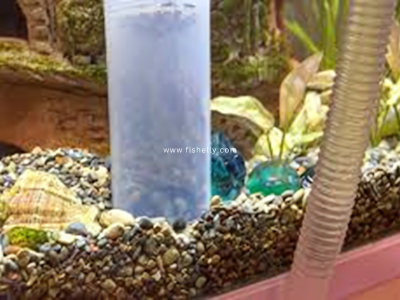
4. Water Change Ignorance
Failure to replace the water leads to the buildup of toxins, making the environment dangerous for fish.
How to Succeed:
Do Weekly Water Changes: Change 20-30% of the water weekly to remove waste and replenish minerals.

Use Dechlorinated Water: Tap water contains chlorine, which is toxic to fish. Always use a water conditioner.
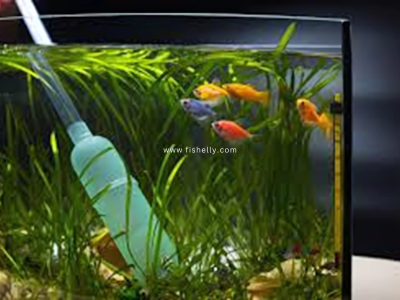
5. Choosing the Wrong Fish
Certain fish are intolerant of beginners or small tanks. Aggression, overgrowth, or special needs may be the result of keeping incompatible fish.
How to Succeed:
Research Before Purchase: Select robust, low-maintenance fish such as guppies, tetras, or bettas.

Steer Clear of Aggressive Species: Certain fish, such as cichlids, require special attention and may not get along with others.

6. Low Filtration and Aeration
A faulty or clogged filter results in water being contaminated, and in the absence of aeration, the oxygen content decreases, stressing fish unnecessarily.
How to Succeed:
Invest in the Correct Filter: Buy a filter suited for your own tank size.
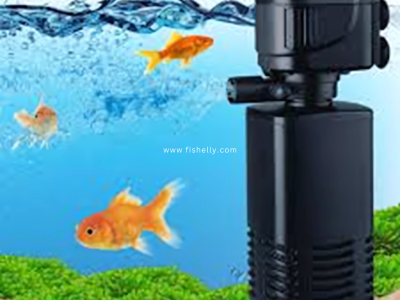
Provide Adequate Water Current: Regulate the filter output to provide soft flow without strong currents.
Add an Air Pump if Needed: This introduces oxygen, especially in hot or overpopulated tanks.
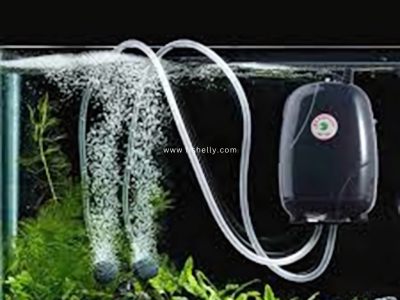
7. Ignore Algae Growth
Algae will quickly overgrow an aquarium if not checked, making the tank look ugly and detracting from water quality.
How to Succeed:
Control Light Exposure: Limit tank lighting to 6-8 hours daily and avoid direct sunlight from reaching the tank.

Add Algae-Eating Fish or Snails: Otocinclus catfish and nerite snails will help maintain algae in check.

Do Regular Tank Cleaning: Clean glass, decorations, and substrate as needed.

8. Failure to Observe Fish Behavior
Fish will usually exhibit signs of illness or stress before they develop serious issues. Failure to notice such signs can result in losses.
How to Succeed:
Daily Fish Monitoring: Watch for signs of illness like clamped fins, labored swimming, or loss of appetite.

Quarantine New Fish: New fish are carriers of disease. Quarantine them in a secondary tank for 2-4 weeks before adding them to the main tank.

Faq
1. Why did my fish die after a few days?
Your tank wasn’t cycled. The nitrogen cycle takes 4-6 weeks to make water safe.
2. How do I cycle my aquarium?
Add an ammonia source and wait until ammonia and nitrites drop to zero.
3. How many fish can I add?
Start small and increase gradually. Follow stocking guidelines.
4. How often should I feed my fish?
Once or twice daily, only what they eat in 2-3 minutes.
5. Why is my water cloudy?
New tank bacteria bloom, overfeeding, or waste buildup.
6. How often should I change water?
20-30% weekly with dechlorinated water.
7. Can I use tap water?
Yes, but treat it with a water conditioner first.
8. Best fish for beginners?
Guppies, tetras, and bettas—avoid aggressive species.
9. How to prevent algae?
Limit light, add algae eaters, and clean regularly.
10. Signs of sick fish?
Clamped fins, no appetite, odd swimming, or labored breathing.
11. Why is my filter not working well?
It may be clogged, too small, or need cleaning.
12. Do I need an air pump?
Not always, but useful in warm or crowded tanks.
13. Should I quarantine new fish?
Yes, for 2-4 weeks to prevent diseases.
14. Why do my fish fight?
Territorial or incompatible species. Check compatibility.
15. Best way to clean my tank?
Scrape glass, vacuum substrate, and clean decor. No soap!
Conclusion
The majority of new aquariums fail due to simple errors, but with good care and patience, success is possible. Cycling the tank, stocking responsibly, feeding correctly, maintaining high water quality, and observing fish behavior will assist you in creating a successful aquatic community. Be patient, learn from errors, and enjoy the miracle of a healthy aquarium!
Have questions? Drop a comment below! #fishelly_official Fish Community


